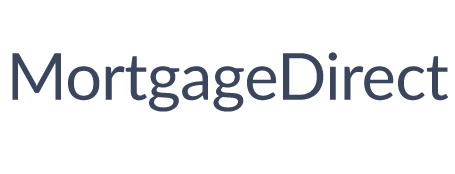Back up for grabs: 1800 first home buyer scheme spots reissued
Great news just in for first home buyers: the Australian government will reissue 1800 First Home Loan Deposit Scheme (FHLDS) spots from the 2019-20 financial year.
The 1800 spots are back up for grabs because people who previously reserved a spot in the Australian government scheme were unable to complete the purchase of their first home.
Their loss can be your gain!
The FHLDS allows eligible first home buyers to break into the property market sooner, as you only need a 5% deposit to purchase a property without paying for lenders mortgage insurance (LMI).
This can save you anywhere between $4,000 and $40,000, depending on the property price and the deposit amount you’ve saved.
More locations now possible
Ok, so the FHLDS has these things called ‘property price thresholds’.
Basically, they mean you can only qualify for the scheme if you purchase a property under a certain price tag in certain locations.
The good news is that the thresholds were recently increased to allow first home buyers a greater range of options.
And helpfully, property research group CoreLogic has just identified suburbs that – due to COVID-19 and the slight impact it had on inner-city apartment prices – are now a prime option for first home buyers in Sydney, Melbourne, Brisbane and Perth.
They’ve identified 23 suburbs where median unit values have slipped below the FHLDS property price thresholds in the past 12 months.
Here’s the full list, but some highlights include:
Sydney: Strathfield, Arncliffe, Ashfield, Gladesville, Wentworth Point.
Melbourne: Brunswick, South Melbourne, St Kilda East, Thornbury, Docklands.
Brisbane: South Brisbane.
Perth: Munster.
Time’s ticking!
It’s important to note that FHLDS spots are usually reserved pretty quickly.
So if you’re thinking about purchasing your first home soon and want to make the most of the scheme, give us a call today – we’ll help you get the ball rolling on applying with one of the scheme’s participating lenders.
And even if you are unable to jag one of the 1800 reissued spots, you’ll be in a prime position to apply when a further 10,000 spots are released on July 1.
Just call us !
Disclaimer: The content of this article is general in nature and is presented for informative purposes. It is not intended to constitute tax or financial advice, whether general or personal nor is it intended to imply any recommendation or opinion about a financial product. It does not take into consideration your personal situation and may not be relevant to circumstances. Before taking any action, consider your own particular circumstances and seek professional advice. This content is protected by copyright laws and various other intellectual property laws. It is not to be modified, reproduced or republished without prior written consent.

